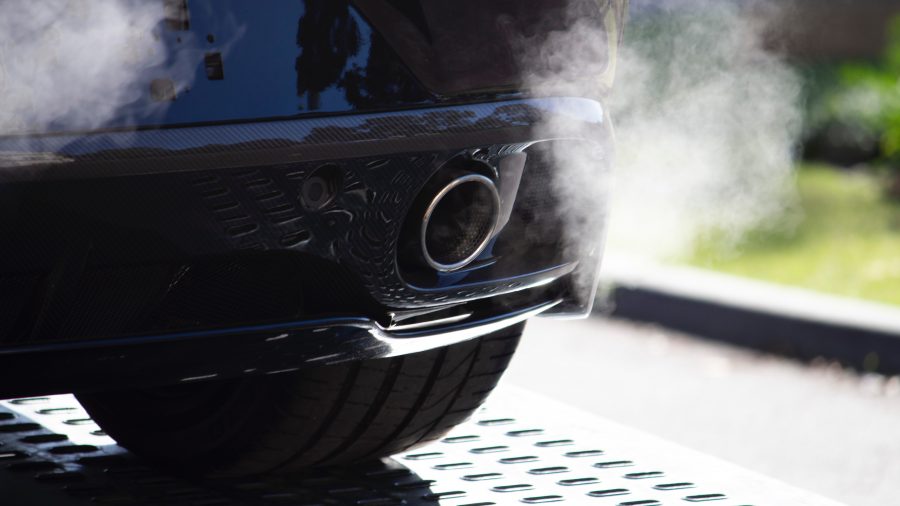Results from the new voluntary CO2 emissions standard just came in: carmakers missed the targets. It’s easy to blame the types of vehicles we prefer, or the poor standard of fuel in Australia. However, setting targets for emissions is only one option. Another is to create incentives for people to choose low emissions cars.
What is the new emissions standard?
Federal Chamber of Automotive Industries (FCAI) created the CO2 Emission Standard because Australia still does not have one. This voluntary standard sets one emissions target for passenger cars and light SUVs and another emissions target for heavy SUVs and light commercials.
- The target for passenger cars in 2030 is 100 gms/km
- For light commercials, the 2030 target is 145 gms/km.
These are fairly soft targets compared to, respectively, 59 gms/km and 101 gms/km in Europe.
Missed the emissions targets
Results show both categories clearly missed their 2020 Australian targets:
| Vehicles | CO2 result 2020 gms/km |
CO2 target 2020 gms/km |
Europe target 2021 gms/km |
| Passenger cars and light SUVs | 154 | 150 | 95 |
| Heavy SUVs and light commercials | 218 | 197 | 147 |
Initial results show most top brands, such as Ford, Hyundai, Mazda and Subaru, fell below the industry average for passenger vehicles. The winner was Toyota, which outranked all 39 competitors because of its hybrid sales. However, in the Utes, vans and big SUVs category, Toyota came only 19th out of 25, behind Jeep and in front of Ram Trucks.
The voluntary standard allows Toyota to use hybrid car sales to offset the higher emissions of its Utes, SUVs and vans.
Are there penalties for high emission vehicles?
FCAI says it won’t penalise car makers for missing targets. The chamber claims it’s unfair to compare Australia with Europe because the market is so different and people need vehicles that match the terrain.
SUVs and Utes now make up 70% of sales. These tend to use more fuel and have higher emissions than the smaller cars favoured in Europe. The two top-selling vehicles last year were Toyota HiLux and Ford Ranger.
The FCAI also claims fuel in Australia is still too substandard for carmakers to bring low emissions vehicles here.
Opponents of the voluntary standard claim it has no teeth unless there are penalties for non-compliance. They claim there should be no offsets available for hybrids, only for plug-in hybrids and electric vehicles.
Do we need incentives to buy low-emissions vehicles?
In Australia, there are no incentives to buy electric cars nor any penalties for driving heavier, thirstier vehicles. Everyone is free to make their own choice.
The Financial Review motoring writer suggested taxing vehicles according to emissions, size and weight. This tax would replace registration fees, CTP insurance and stamp duty. He says an escalating fuel levy would be an incentive to shift to hybrid or electric cars. Charging everyone a flat rate tax per kilometre makes no sense if you want to change behaviour.
Many people still want to drive heavier cars with thirsty engines. Is it possible the focus on electric cars only has become too narrow? We need to think more widely about personal transport and how and why people choose the vehicles they do. In the end, any type of vehicle may have its place as long as someone pays the real cost of it.


your opinion matters: